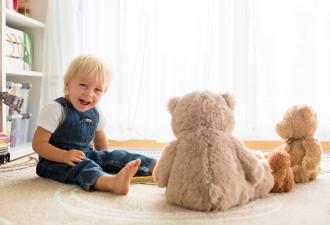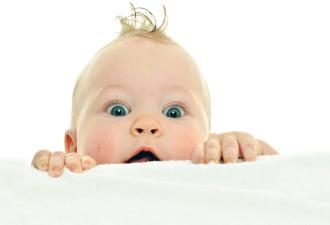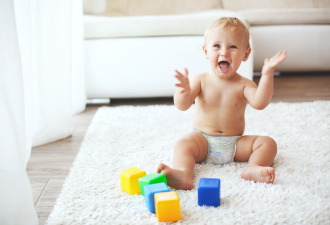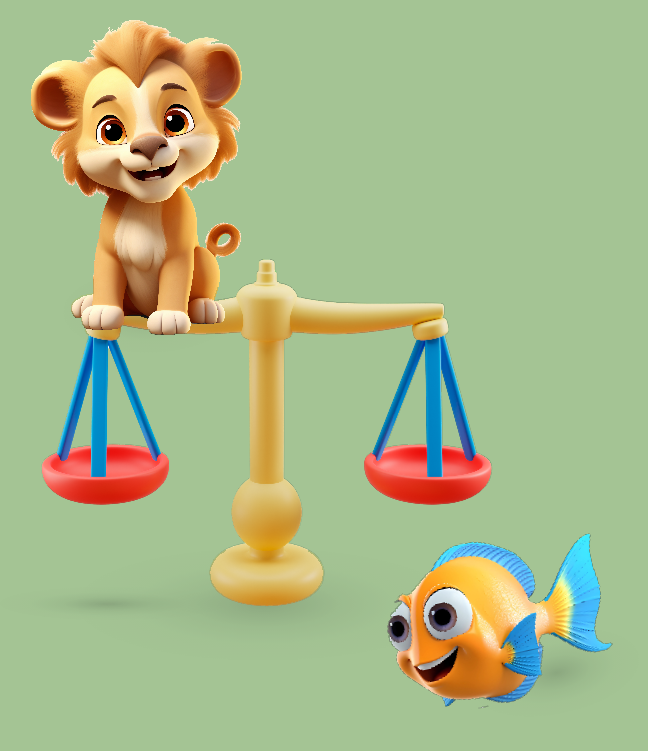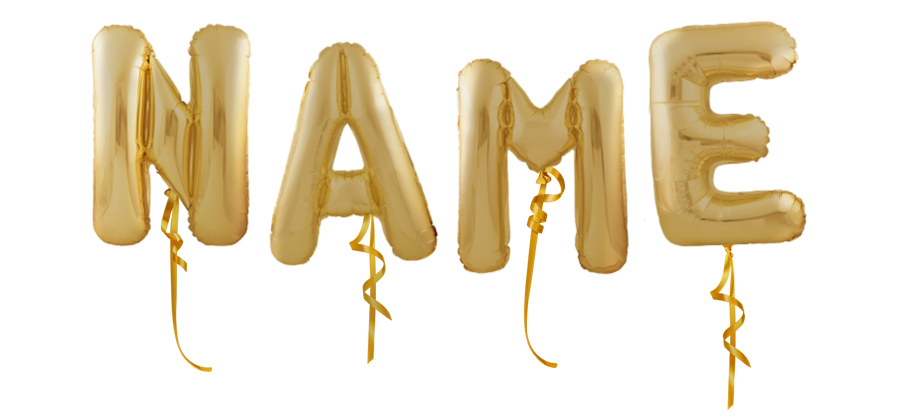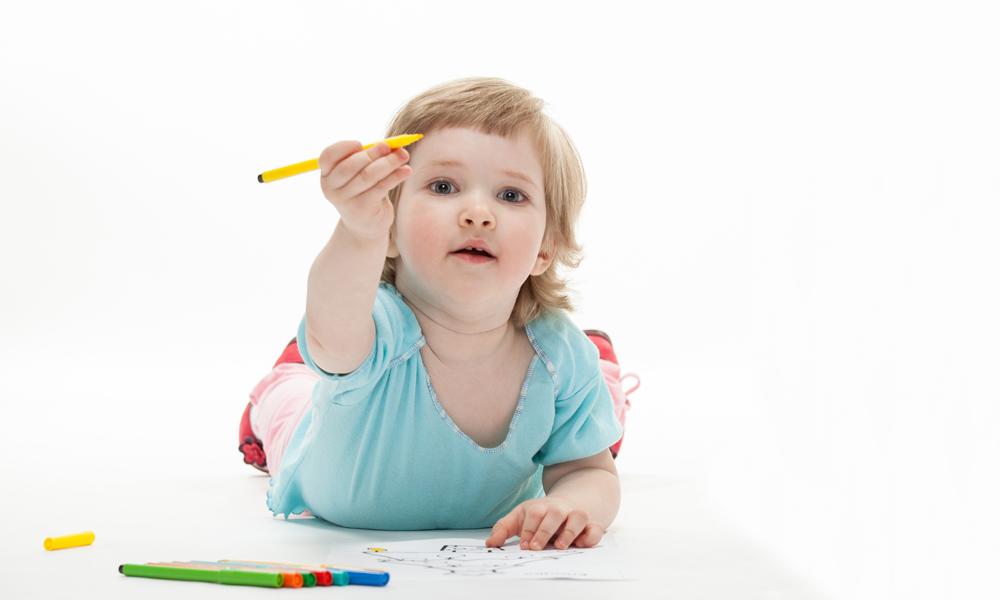
24th to 36th month of development
What it can do by the end of the 3rd year (up to 36 months):
• The growth rate is now slower than what it was in the first or even the second year.
• It says its name.
• It wants to feel independent, doing things on its own, but still depends on its parents and this pleases it.
• It cannot control its emotions and has tantrums, especially when tired or irritated.
• Its personality and abilities are distinguishable.
• It can make three-word sentences.
• Communication is more effective as it speaks more clearly.
• It uses pronouns like “I”, “you” more, in order to be emotionally expressed.
• After its 2 ½ years of age it can understand when it has gone too far, although it does not seem willing to comply.
• By end of this year, adults should be able understand at least 75% of what it says.
• By the end of this year, it will be able to evaluate events as “bad” or “good”.
• Its physical strength is increased and it coordinates its movements with relative easiness. It can run, jump and climb. By the end of this year it can ride a bicycle with training wheel and stand on one foot for several seconds.
• It paints with markers and makes lines, based on an idea it has in mind. It starts painting circular shapes.
• By the end of this year it may recognize some colours.
• It learns how some members of its body are called, usually 5 to 7 members.
• It understands the difference between opposite terms such as “small” - “big”, “soft” - “hard”.
• It can dress on its own, but can not make complicated things like doing up its buttons or zip itself up.
• Around two years of age, it's showing interest in using the toilet and by its three years of age has usually succeeded. Try not to force it though, as the results can be quite opposite to those expected.
• It plays near other children but hesitates to play with them. One imitates the other and they rarely interact.
• It plays with toys like dolls, cars, vans or saucers in order to satisfy its need to imitate real things and situations e.g. it puts the doll to sleep or roll a toy car on the floor.
• It mimics the acts of adults and is trying to help where it can e.g. picks up its toys.
• It kicks a ball but usually not to the right direction.
• It climbs up stairs. It's very energetic, refuses to stop something its doing and does not have the sense of danger, even when it knows that something is dangerous.
• It makes a lot of questions like: “What is it?”, “Why is that”?
• It likes listening to fairy tales and asks you to repeat its favorites.
Attention! All children are different from each other and each one has its own growth rate. The development stages described are based on the average rate. Do not worry if your child deviates from this average. If however you do notice something worrying as to its development, contact your pediatrician.
Source
http://www.babyzone.gr
